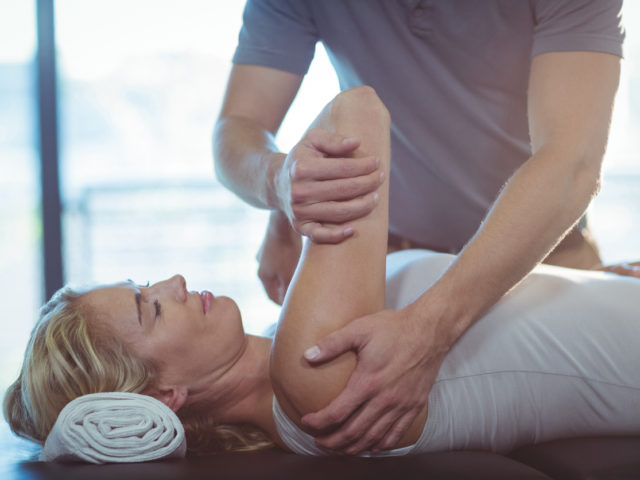
Preparing for the Worst: How Cyber Incident Response Companies Build Resilience
Effective instruction can suggest the distinction between a brief disruption and a principal breach. Organizations should foresee manageable attacks, set clear roles, and take a look at defenses in many instances to stay ready. Partnering with cyber incident response companies brings professional practise on threat evaluation and rapid containment. Planning in advance reduces downtime, protects data,…



